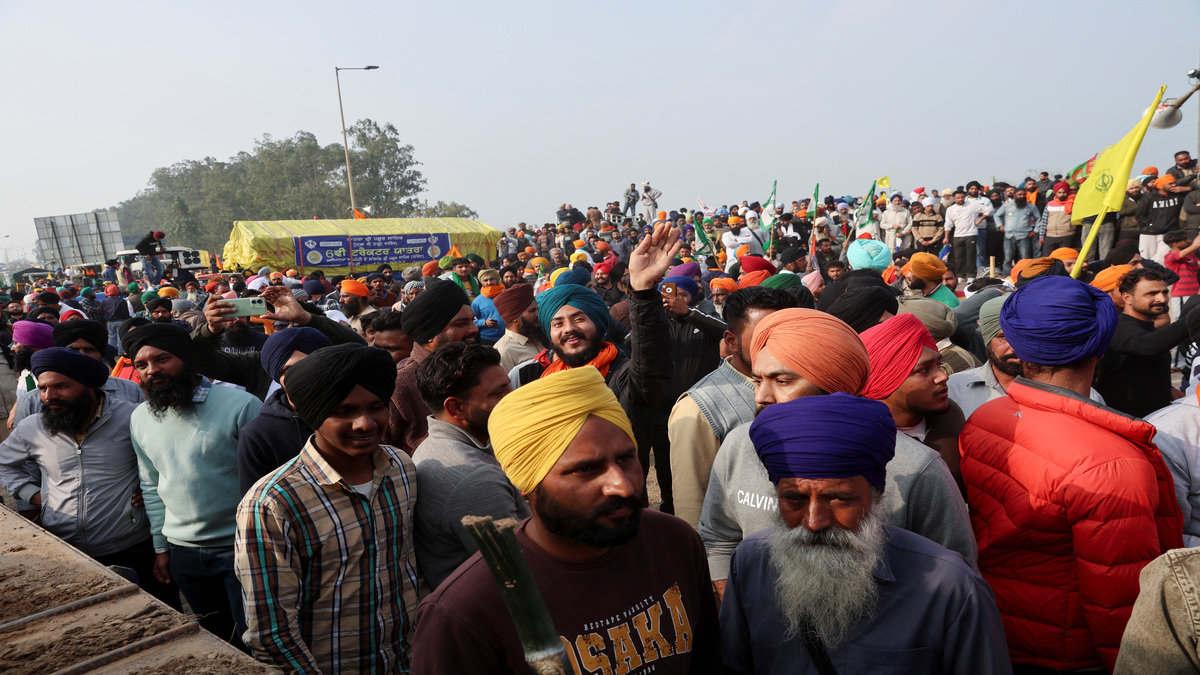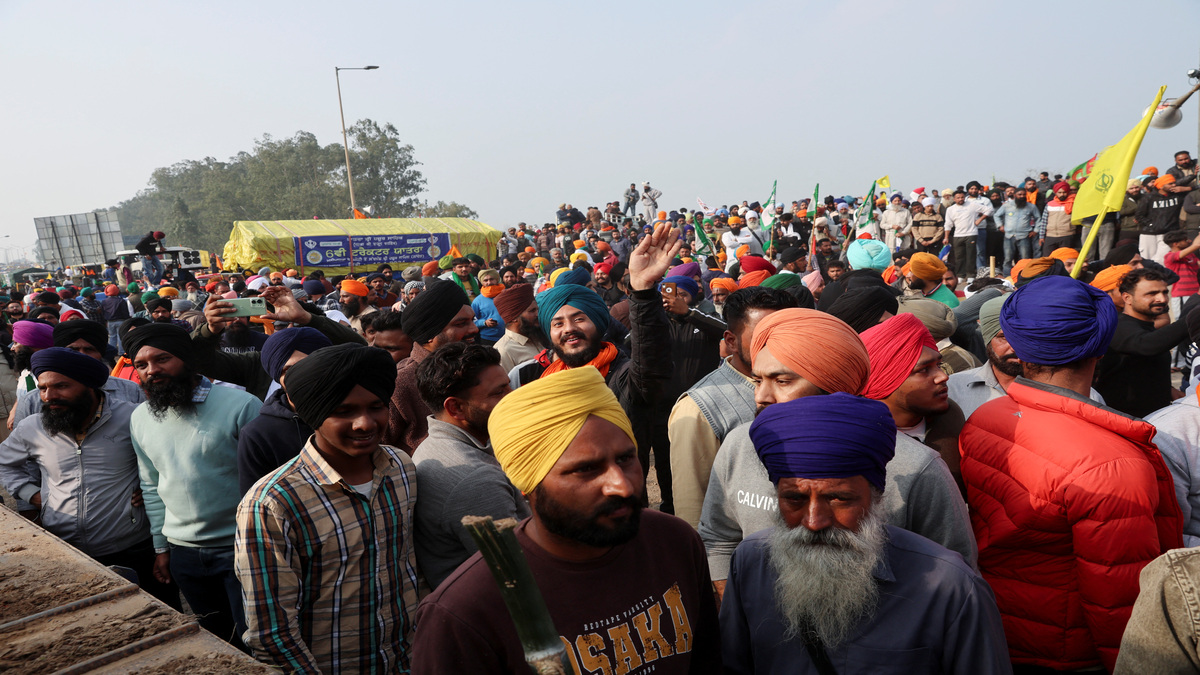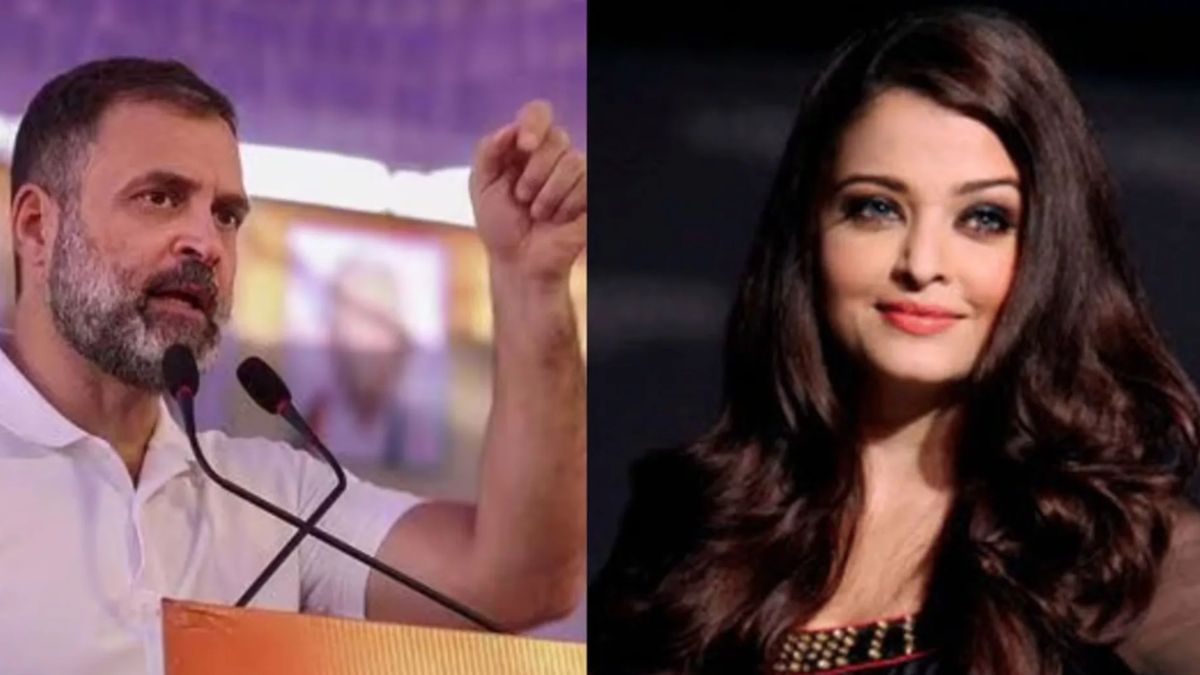Lalu Yadav and Nitish Kumar are ready for the Bihar battle. They have given final shape to a seat-sharing formula to ensure their alliance doesn’t fall apart at the last hurdle before polls and the non-NDA vote doesn’t split.
Once the Congress agrees with the arrangement—the announcement is scheduled around August 15 — the Bihar election would become a bipolar fight between two alliances: BJP and its allies on one side; Kumar-Yadav and their partners on the others.
For the past few weeks, there was speculation within the NDA camp that Kumar and Yadav will fight over the number of seats for their parties and part ways. But this doesn’t seem to be happening. The fear of Prime Minister Narendra Modi is keeping them glued.
In all likelihood, Kumar’s JD (U) and Yadav’s RJD will contest on an equal number of seats, around 100. The Congress, which is yet to formally announce the pact with the two parties, will get around 30 seats. The NCP’s share could be around five seats. Bihar has 243 assembly constituencies.
Now that Yadav and Kumar are almost certain that they do not want the anti-NDA vote to split, the outcome would be mainly by four factors: Modi’s influence, Kumar’s popularity, Yadav’s ability to transfer RJD votes to the alliance and the ability of the two camps to rearrange existing caste equations.
The Bihar election is the first after Delhi, where voters had proved that the Modi wave can be countered by two factors: absence of Congress as an important player and the presence of a charismatic regional leader.
Both these factors are working in Bihar. Kumar, like Kejriwal turned out to be in Delhi, is the most popular state leader. His ratings are much higher than BJP rival Sushil Modi and Lok Janshakti Party leader Ram Vilas Paswan. Kumar’s popularity in Bihar will thus effectively balance the power of Modi.
Similarly, just as in Delhi, the Congress is a marginal player. This doesn’t help the BJP. In the 2014 Lok Sabha election, a large number of voters had veered towards the BJP because of their antipathy for the Congress. When the Congress is not an option, there aren’t too many negative votes to harvest.
In the 2010 election, JD (U), RJD and Congress had contested as rivals. But their combined vote share of 50 percent—22.60, 18.85 and 8.9 per cent respectively—was higher than the 40 percent votes polled in 2014 by the BJP and its allies.
If pre-poll surveys are getting it right, the voting preferences have not changed much. A snap poll by ABP-Nielsen in February predicted a win for the anti-Modi alliance. The survey found a huge gap of almost 15 percent (56 JD (U)-RJD and 41 BJP+) in the number of people likely to vote for the two coalitions. A follow-up survey in June threw up similar figures, though the gap seemed to have narrowed a bit.
Most Backward Castes are nearly 21 percent of Bihar voters. Muslims (14.7), Yadavs (14.4), Kurmis (5), Keoris and Mahadalits (10) are the other castes that play important roles in an election. On paper, Yadav’s Muslim-Yadav (MY) vote bank and the support Kumar enjoys among Kurmis and Koeris is formidable. To add to this caste combination, Kumar is working also on retaining Mahadalits—Musahars, Doms and Dusads—who had supported him in the previous election.
But, the equations can change. The biggest worry within the JD (U)-Congress camp is how much of Lalu Yadav’s nearly 18 percent vote bank remain faithful to the allies. The current belief with the alliance that the minorities will shift completely towards the alliance, but the Yadavs may pick and choose their candidates.
If a sizeable portion of Yadavs doesn’t support candidates contesting on JD (U) and Congress tickets and instead votes for BJP candidates, the alliance may suffer heavily. In addition, if the BJP manages to snare Mahadalits into its camp, through its alliance with former CM Jeetan Ram Manjhi, Kumar may find the going tough.
The JD (U), however, is confident that not only will its caste-base remain intact; the BJP will lose some of the upper caste support because of Kumar’s popularity and image and the less-than-satisfactory performance of the Central government under Modi.
In the end, the election may be decided by the number of Mahadalits and Yadavs who leave the alliance, because of Modi’s appeal, and the percentage of upper caste voters who dump the BJP this time, because of Kumar’s performance.
If the exodus of voters from both camps is equal, Kumar will become the CM again. If only the Yadavs and Mahadalits leave him, the BJP would form the next government.
The outcome will be decided by caste equations, but the equations will depend on the charisma of Modi and Kumar.


)




)
)
)
)
)
)
)
)